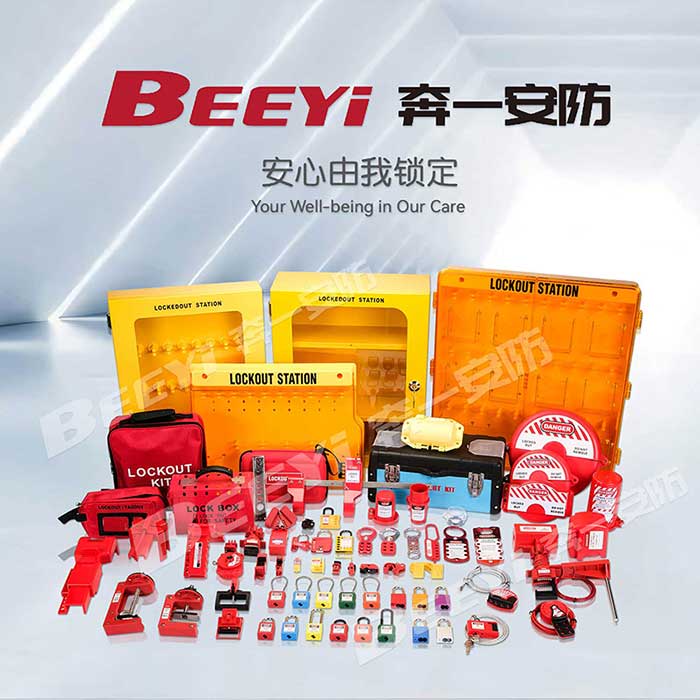In modern industrial environments, workplace safety is of paramount importance. Among the various safety measures implemented in factories, warehouses, and other industrial settings, safety padlocks lockout tagout (LOTO) systems play a crucial role in preventing accidents and protecting workers from hazardous situations. These systems are designed to control the energy sources of machinery and equipment during maintenance, repair, or inspection, ensuring that no accidental startup occurs while workers are performing potentially dangerous tasks.

Safety padlocks are a key component of the LOTO system. They are used to physically lock energy-isolating devices, such as circuit breakers, valves, or switches, in an off position. Typically made from durable materials like steel or reinforced plastic, these padlocks are designed to withstand tampering and harsh industrial environments. Each padlock is assigned to an individual worker, ensuring that only the person who installed the lock can remove it. This individual accountability is a cornerstone of safety, preventing unauthorized access to energy sources during maintenance work. Lockout/Tagout procedures go hand-in-hand with safety padlocks. The LOTO process is a systematic method for de-energizing equipment and protecting workers from accidental energization. The procedure begins by shutting down the equipment and isolating all energy sources, including electrical, mechanical, hydraulic, pneumatic, or thermal energy. After isolation, the energy-isolating devices are locked with safety padlocks and marked with clear tags indicating that maintenance work is in progress. These tags typically carry warnings such as “Do Not Operate” or “Authorized Personnel Only,” providing visual cues to all employees about potential hazards.